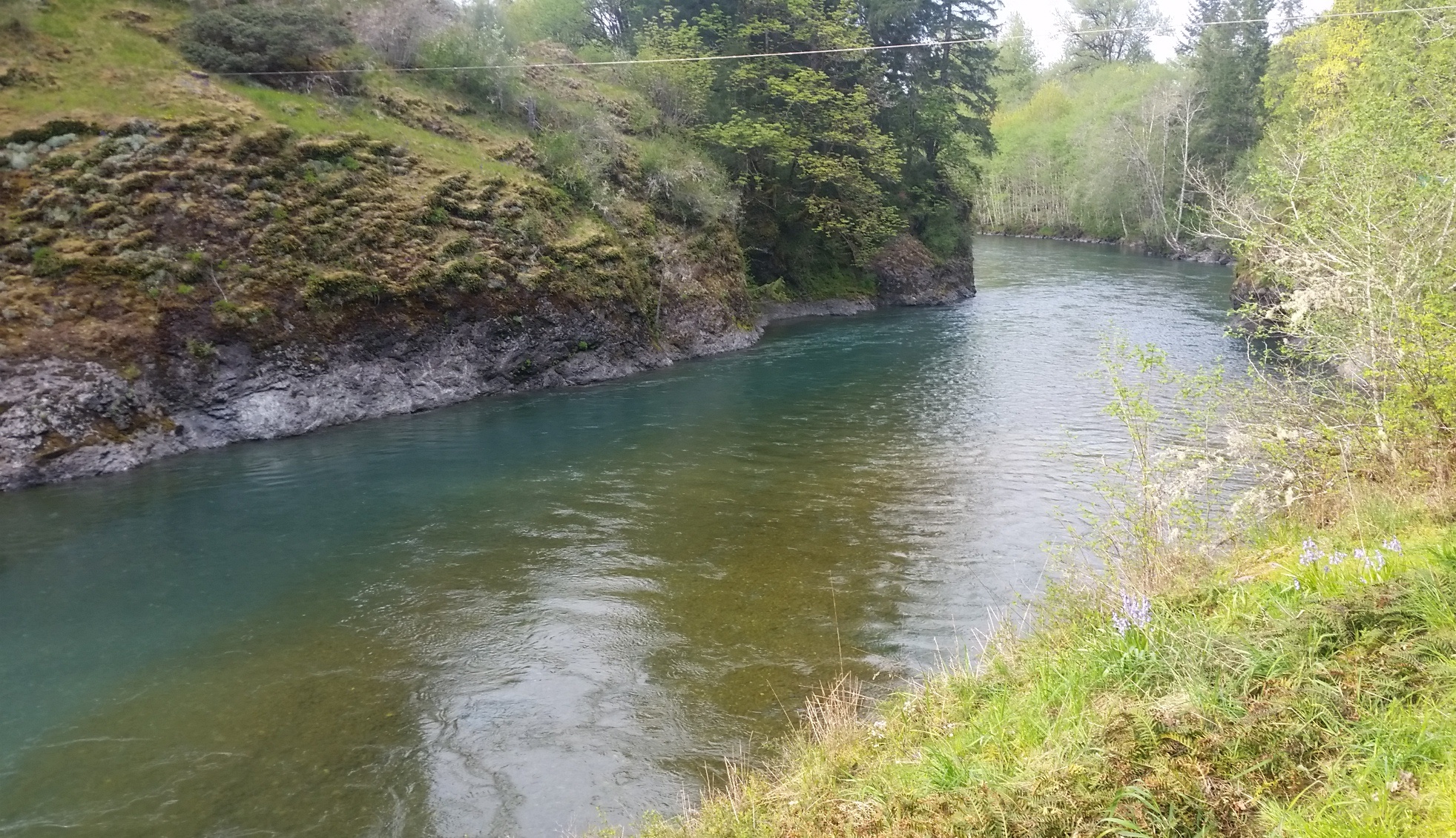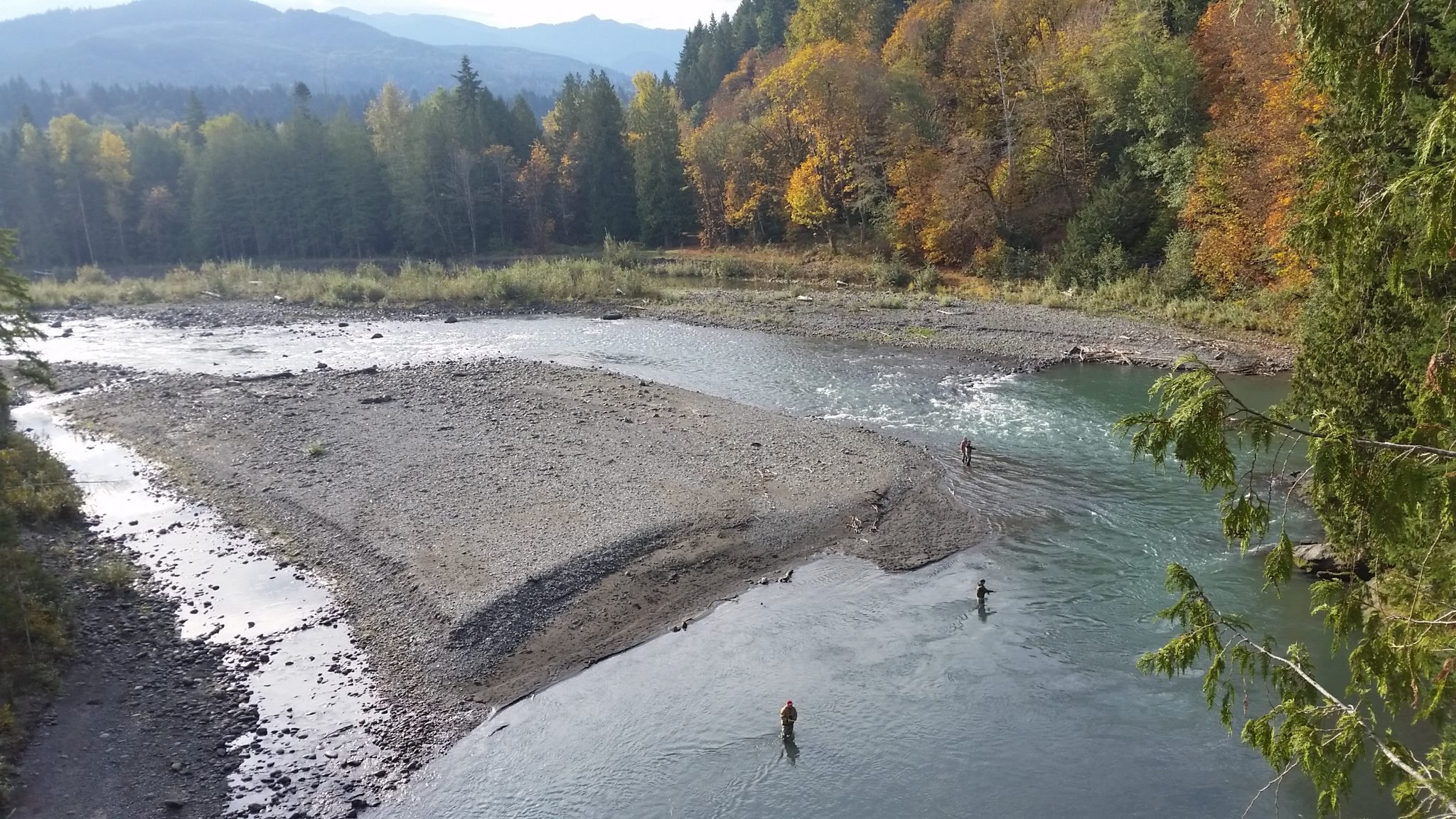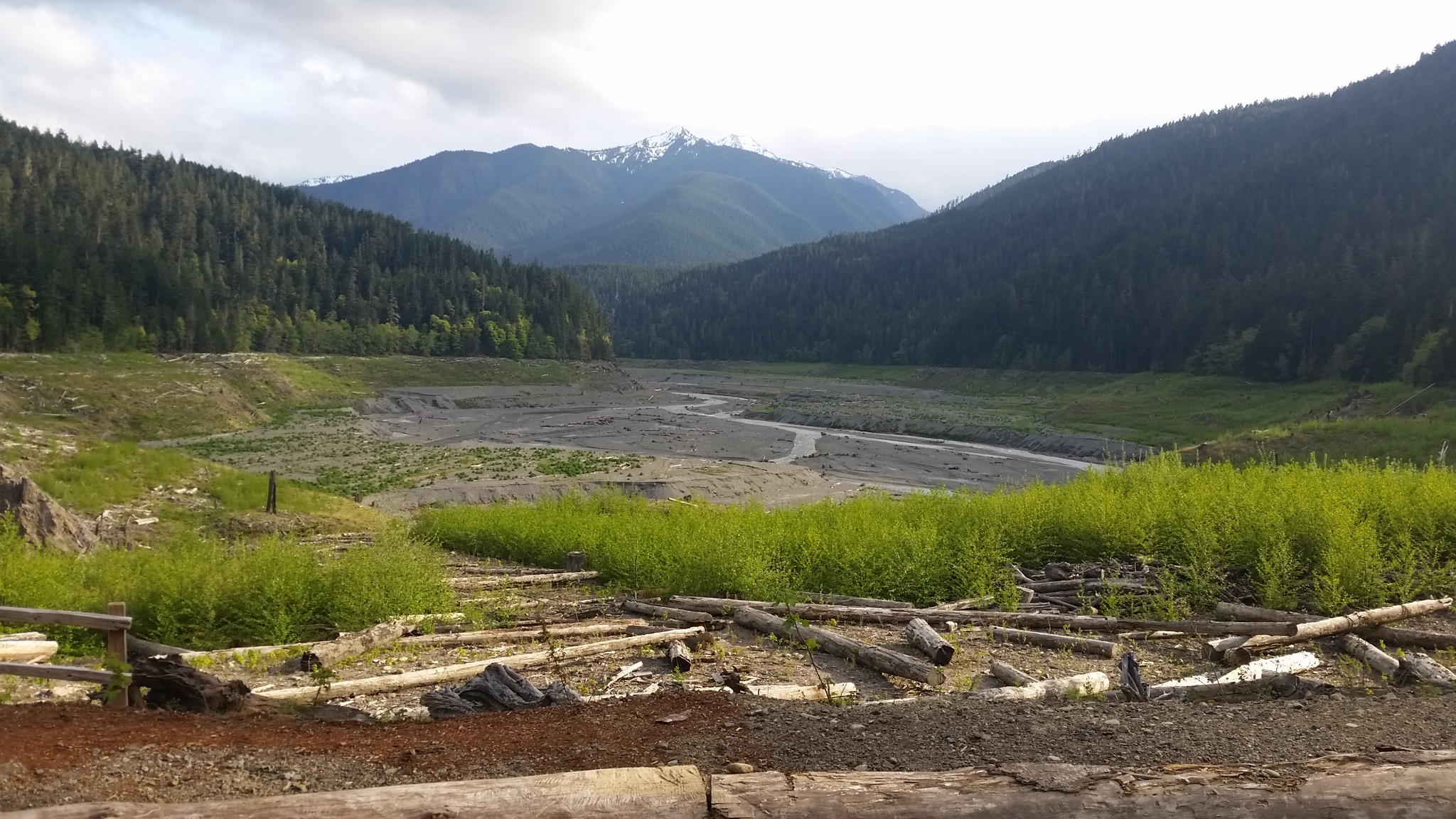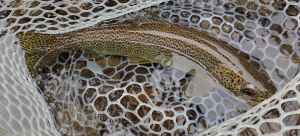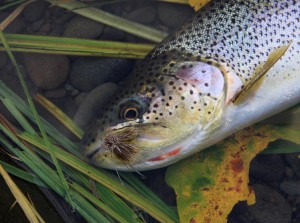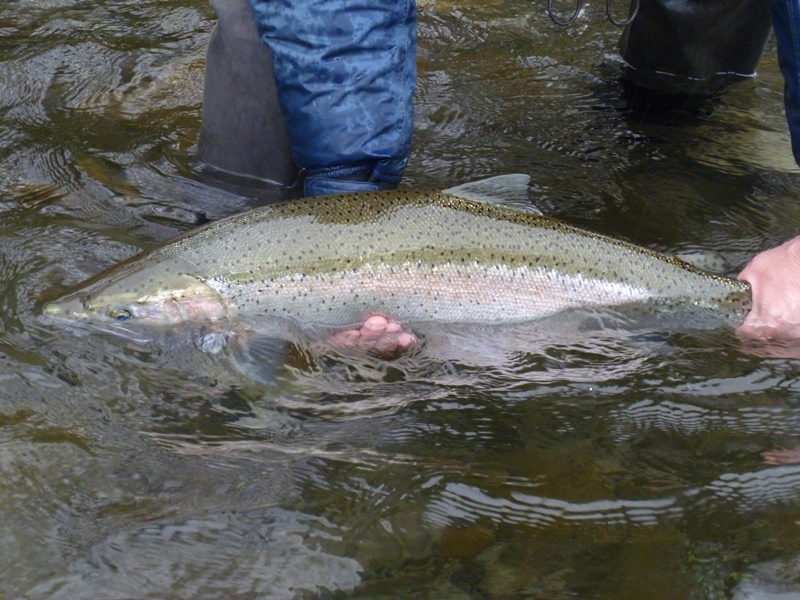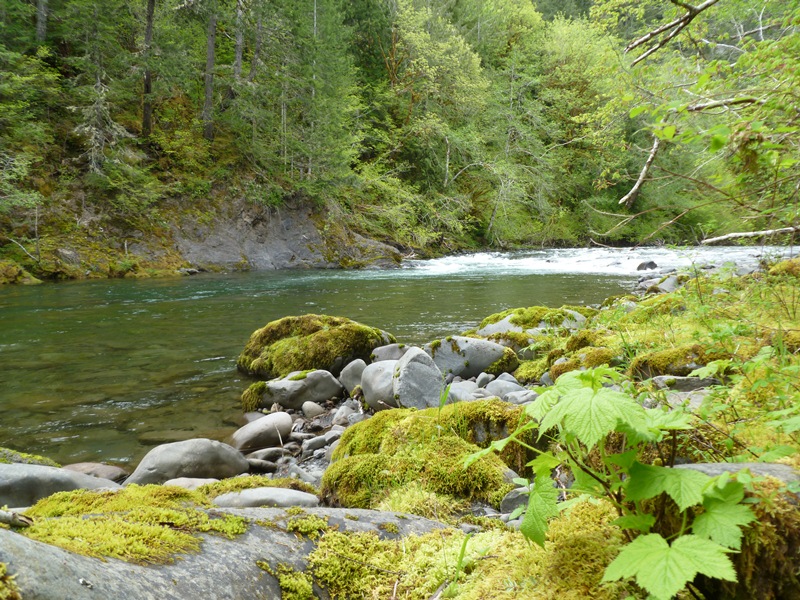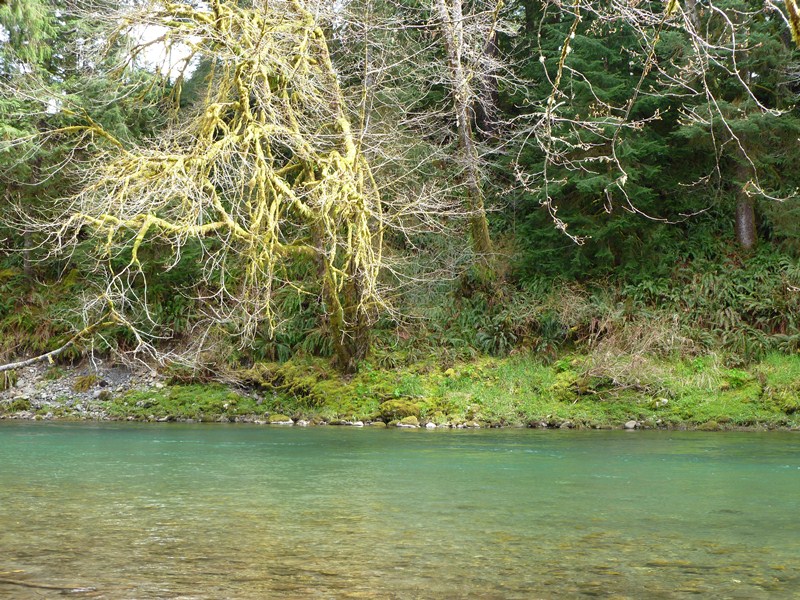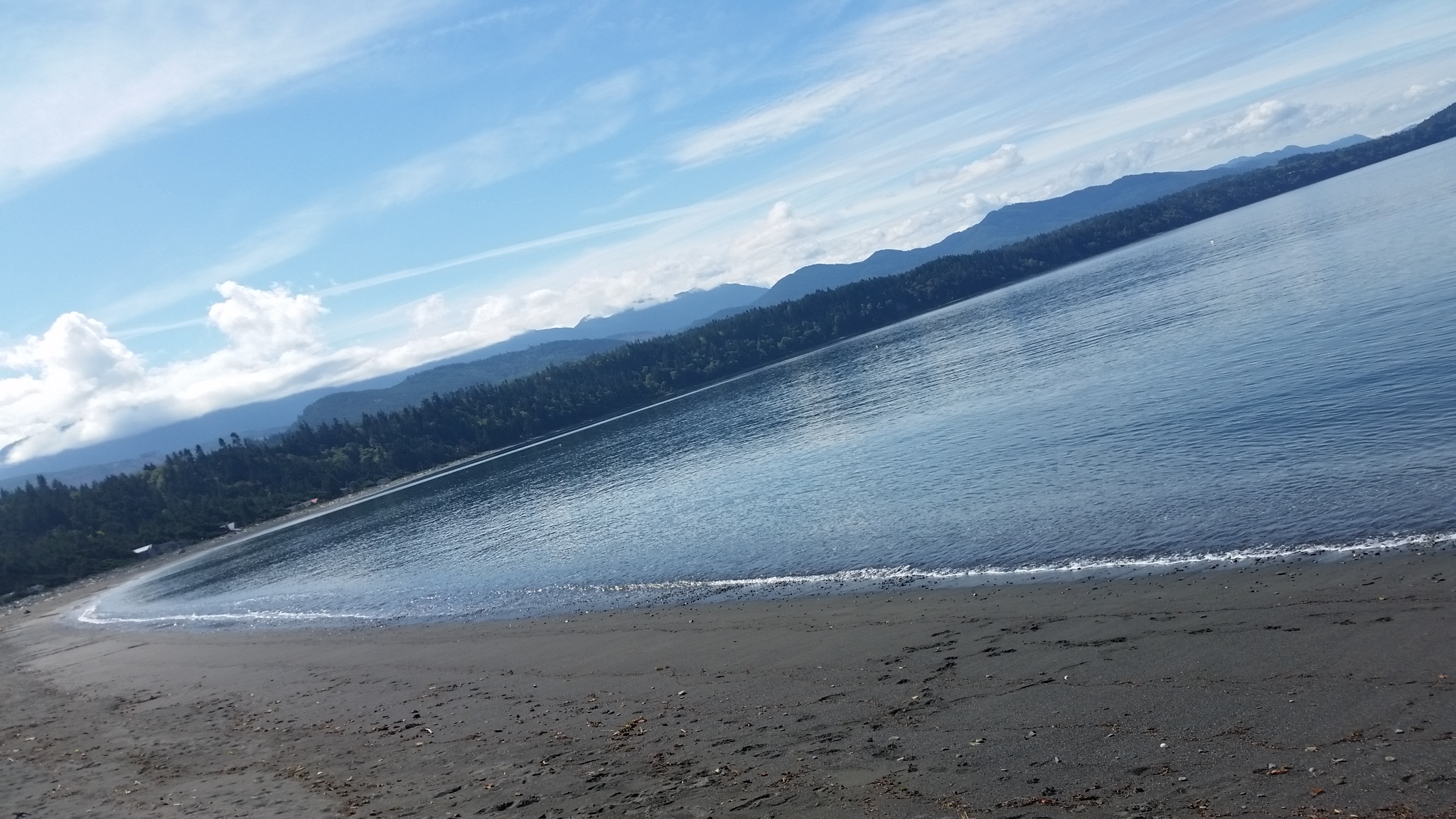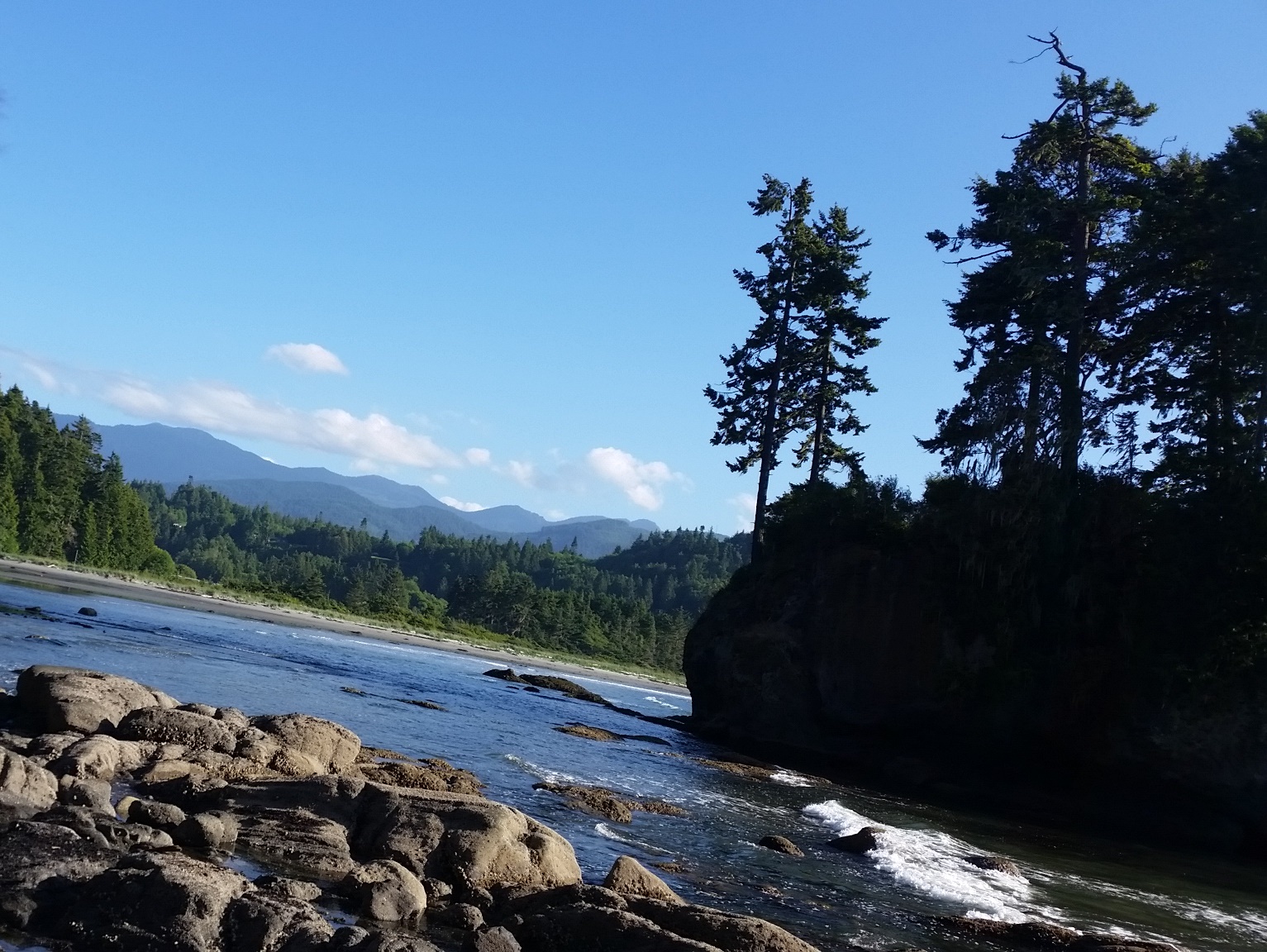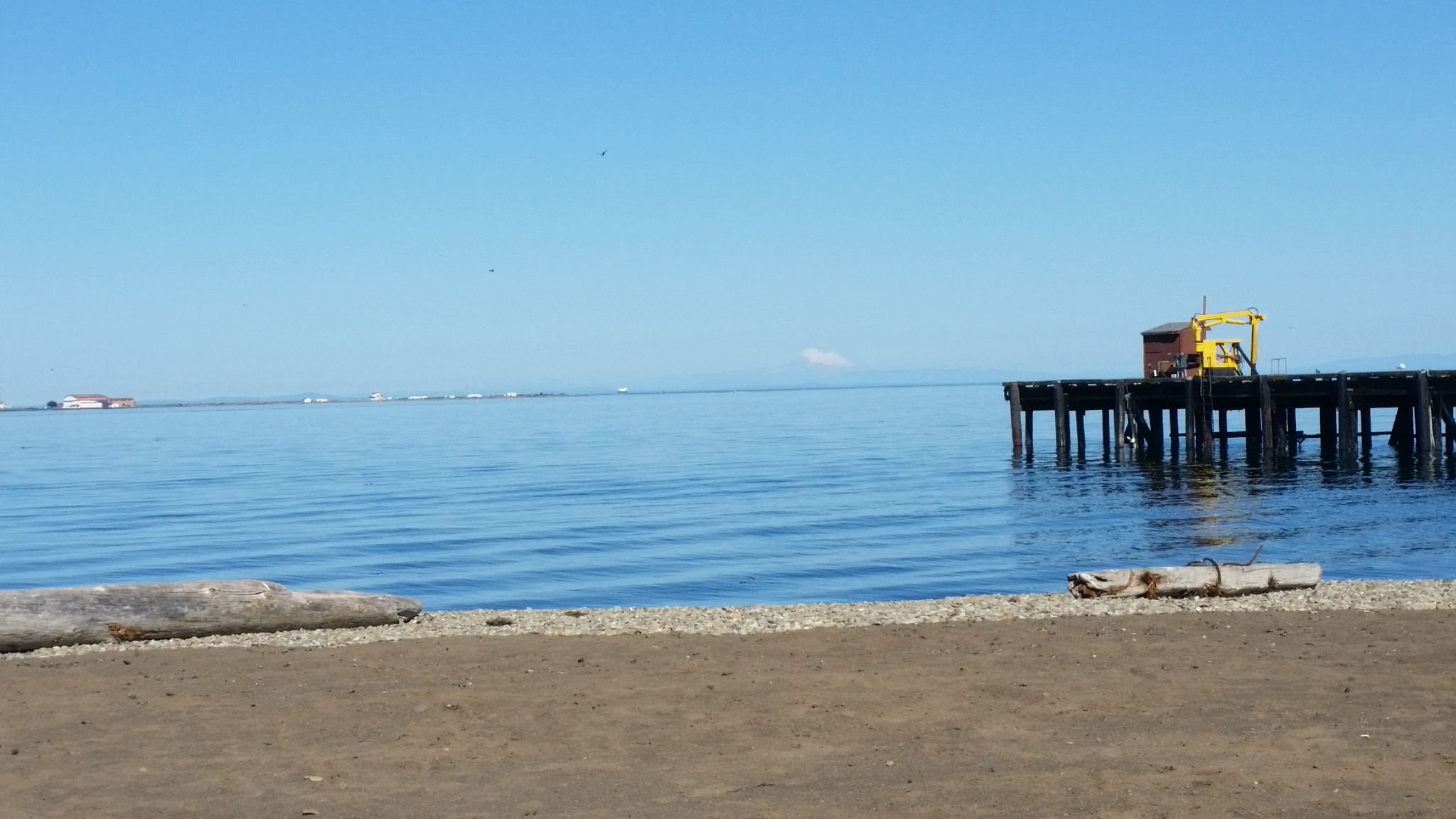
Around Here
We are very fortunate to have such diverse fisheries all around us here in Port Angeles. The Olympic Peninsula has so much to offer, and we are smack dab in the middle of it. Just in front of the shop we have salt water from the Strait of Juan de Fuca. To the West we have great steelhead, salmon, and trout rivers like the Sol Duc, Bogachiel, Calawah, and Hoh. To the East we have the Dungeness River and the saltwater of Hood Canal. We also have some beautiful high alpine lakes inside and outside Olympic National Park, including the Seven Lakes Basin area and many low land lakes that hold incredibly unique fish like Lake Crescent’s Beardsley Rainbows and Crescenti Cutthroat.
We also have been able to watch the incredible process of the freeing of the Elwha River.
With all of this beauty comes a great responsibility. There are a lot of rules and regulations that can be a little confusing at times as we have both state and the national park regulations to navigate.
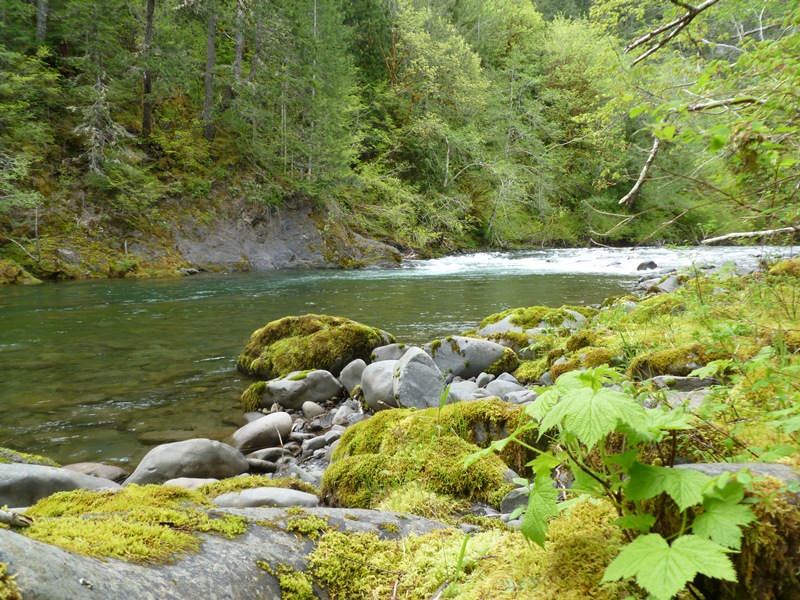
Port Angeles
The Elwha : Just outside of Port Angeles to the west is the mighty Elwha River, now free of both of the dams that have kept steelhead and salmon confined to 5 miles of river for about 100 years. Still closed to all fishing until at least 2019, the Elwha was our best and most productive trout fishery. Great evening dry fly fishing was the standard pastime of many local and traveling anglers. Hiking into the upper river for 5, 10 or 15 miles, the prepared angler could experience some of the best wilderness trout fishing in the northwest. Those fish are still there and we are anxious to get back up there. The river at one time produced king salmon up to 100 lbs. It’s hard to say if we’ll ever see them that big again, but we’ve seen several in the 40-50lb range, which is a great sign. Salmon and steelhead are returning to the river and are going up above the former dam sites in pretty good numbers. They know what to do and the potential for recovery is huge. The river is already showing real promise and the future is bright for the Elwha valley.
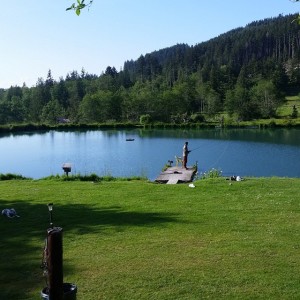
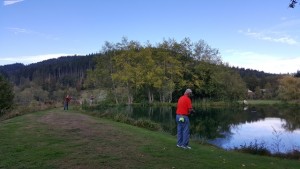 Pooh’s Pond: A very kind local property owner has opened up his own ponds for public recreational use. He has two ponds, which are stocked with large trout. He charges a nominal fee for fishing the ponds, so bring some cash. It’s a great place for beginners to get the feeling of fighting a fish, working out casting kinks, and trying out various techniques.
Pooh’s Pond: A very kind local property owner has opened up his own ponds for public recreational use. He has two ponds, which are stocked with large trout. He charges a nominal fee for fishing the ponds, so bring some cash. It’s a great place for beginners to get the feeling of fighting a fish, working out casting kinks, and trying out various techniques.
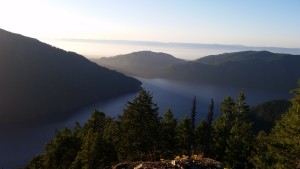 Lake Crescent: Float tubing or kayaking the lowland lakes is relaxing and productive, with settings like Lake Crescent, which holds unique strains of rainbow and cutthroat. This has to be the most unique lake in our area and it’s also way under-fished. Lake Crescent is a beautiful lake that also holds some of the largest trout in the Park. Fish over twenty inches are not uncommon and there is a healthy population of mid-size fish as well. This large, deep lake is crystal clear with incredible visibility. This is not your typical lowland lake and neither are the inhabitants. A unique strain of rainbows called Beardslee trout, and a sub-species of cutthroat (Crescenti trout) are both native to the lake.
Lake Crescent: Float tubing or kayaking the lowland lakes is relaxing and productive, with settings like Lake Crescent, which holds unique strains of rainbow and cutthroat. This has to be the most unique lake in our area and it’s also way under-fished. Lake Crescent is a beautiful lake that also holds some of the largest trout in the Park. Fish over twenty inches are not uncommon and there is a healthy population of mid-size fish as well. This large, deep lake is crystal clear with incredible visibility. This is not your typical lowland lake and neither are the inhabitants. A unique strain of rainbows called Beardslee trout, and a sub-species of cutthroat (Crescenti trout) are both native to the lake.
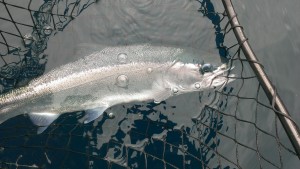 There is both road access (Hwy. 101) and day hiking access (Spruce Railroad Trail) to the shorelines for Beardslee rainbow trout as well as cutthroat trout. A boat is helpful but not necessary. Baitfish patterns work well for the larger trout. There is some dry fly action here at times, mainly just fishing a larger pattern blindly in the chop. The fish are very opportunistic and will cruise in search of anything edible. Streamer patterns like Deceivers, scuplins and black leeches work well. Lake Crescent is centrally located and a great spot to wet a line when heading to and from the coastal rivers.
There is both road access (Hwy. 101) and day hiking access (Spruce Railroad Trail) to the shorelines for Beardslee rainbow trout as well as cutthroat trout. A boat is helpful but not necessary. Baitfish patterns work well for the larger trout. There is some dry fly action here at times, mainly just fishing a larger pattern blindly in the chop. The fish are very opportunistic and will cruise in search of anything edible. Streamer patterns like Deceivers, scuplins and black leeches work well. Lake Crescent is centrally located and a great spot to wet a line when heading to and from the coastal rivers.
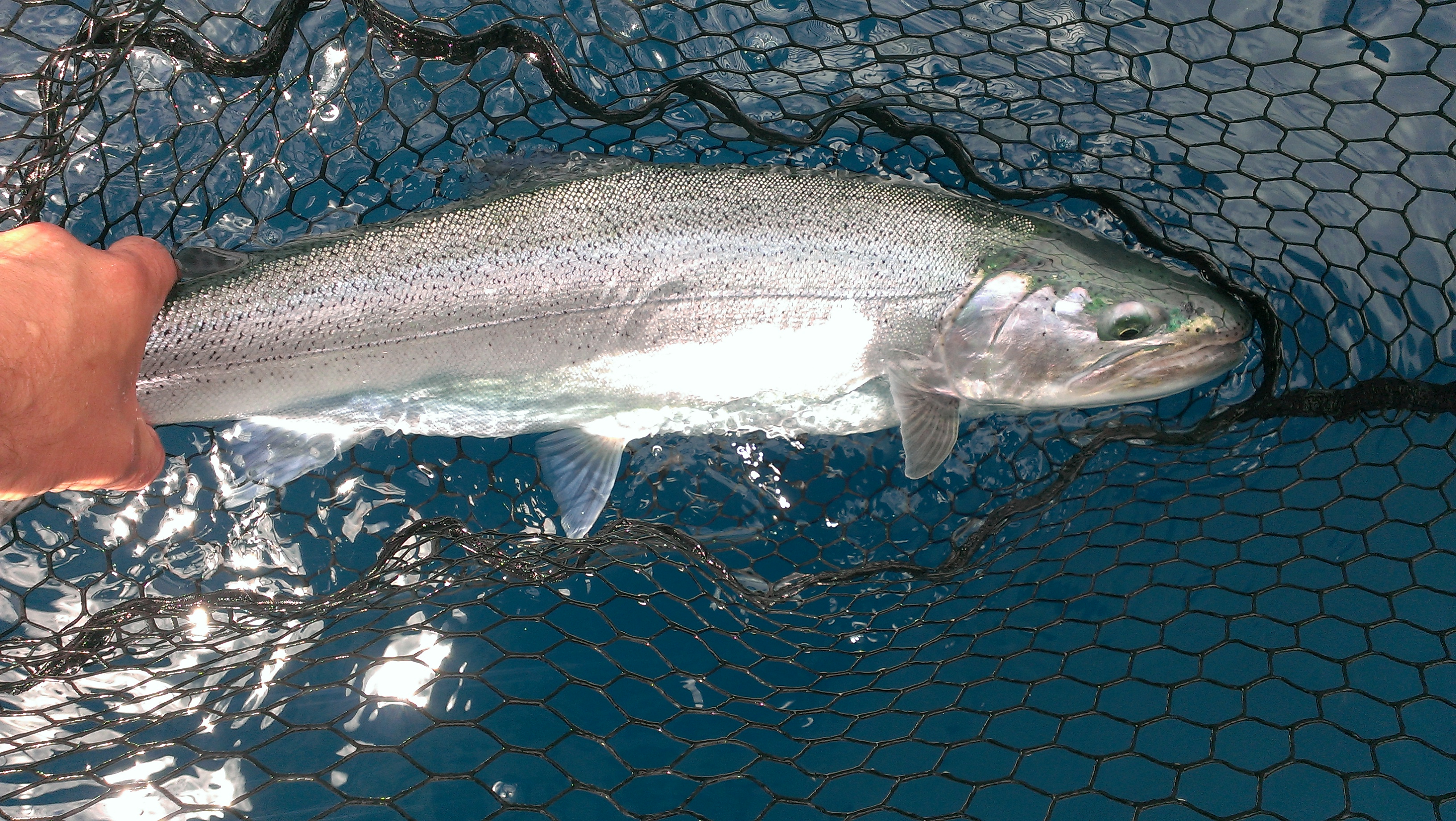
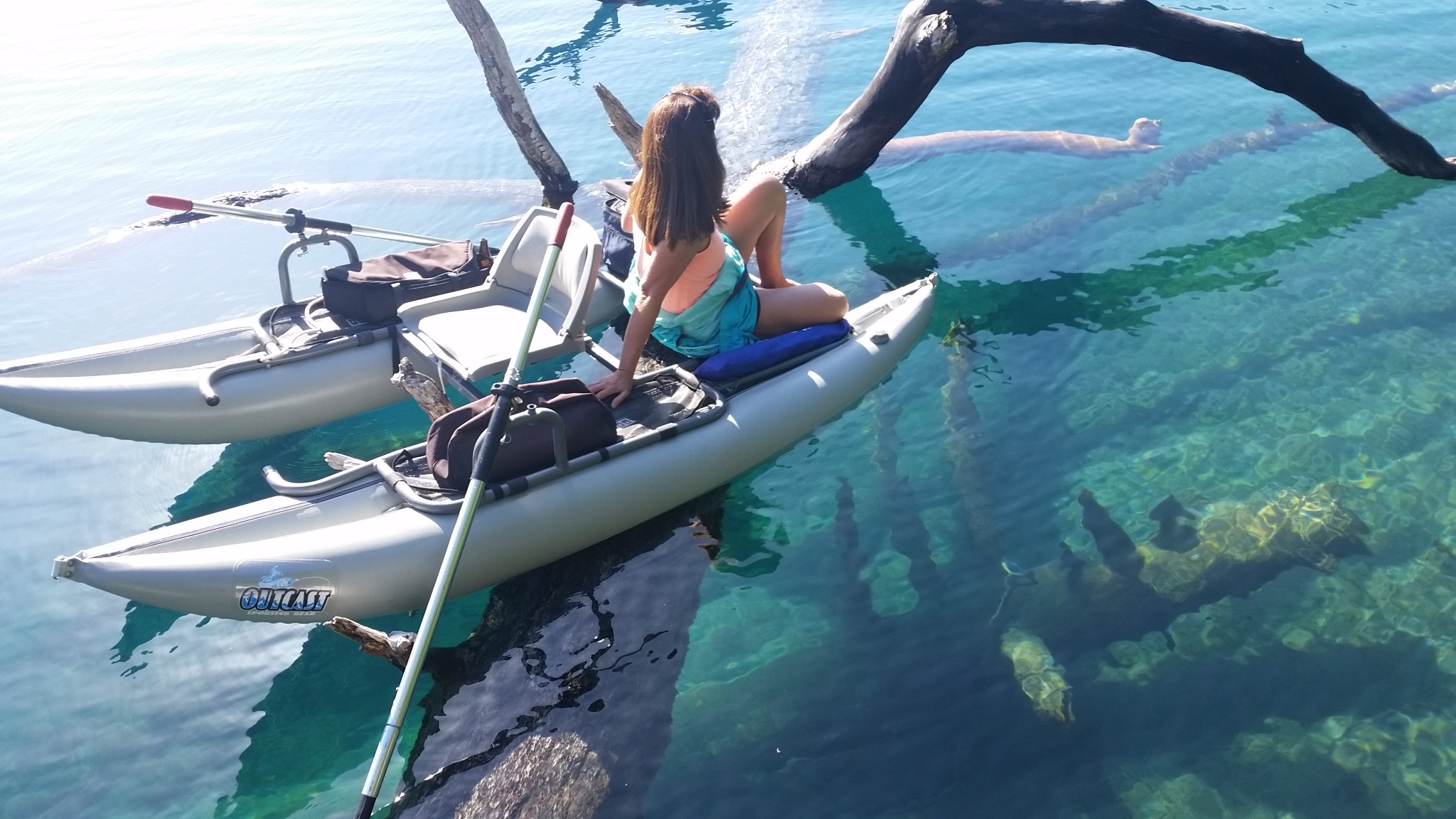
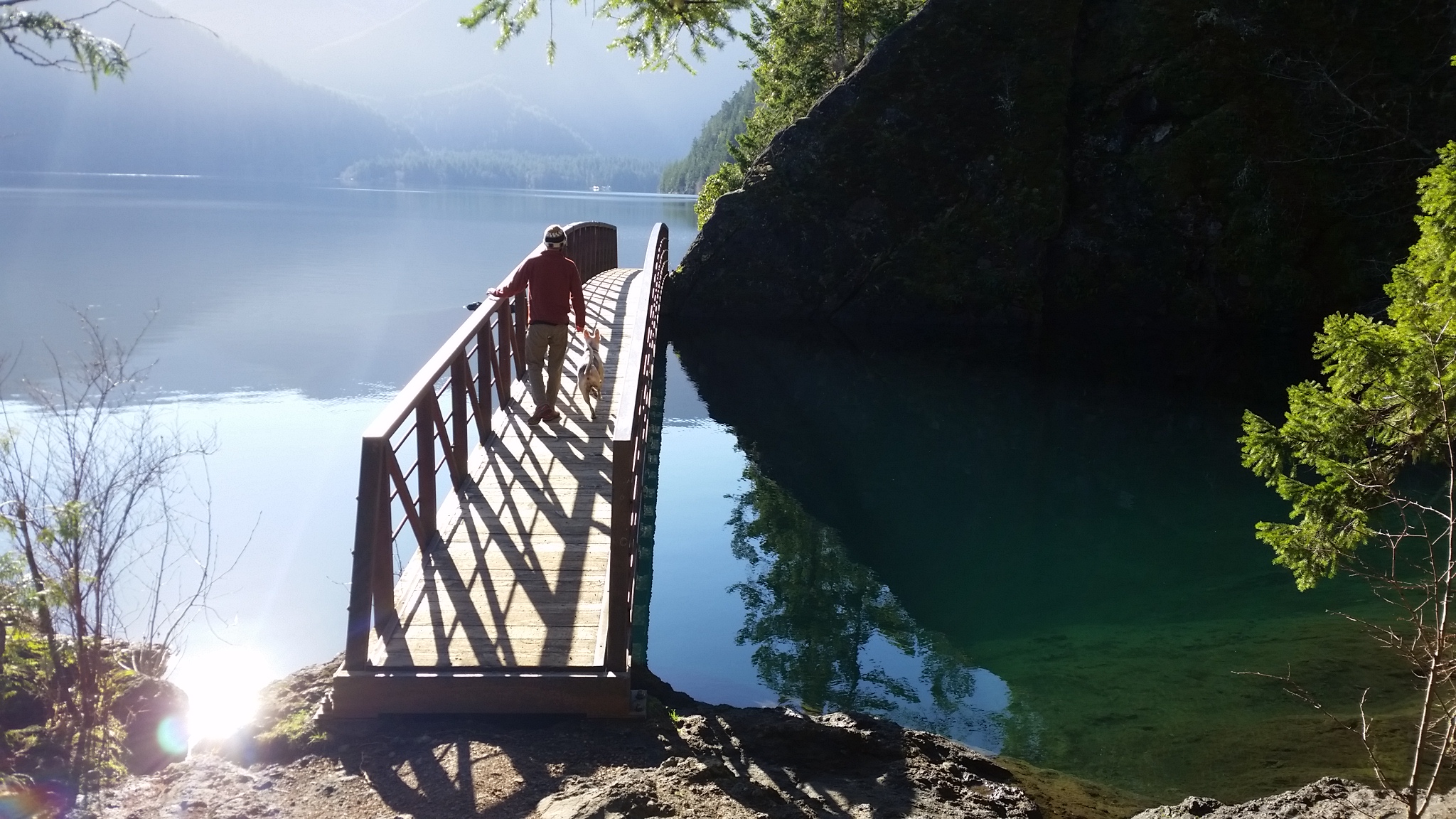
Sol Duc: The Sol Duc Hot Springs Rd will take you up into the park water which is open in the summer only. There is good trout fishing in the national park for sea-run and resident cutthroat and resident rainbows . The rest of the Sol Duc, outside of the park, is where most of the fishing happens. Year round steelhead, salmon and trout fishing keeps the river pretty busy. This river takes a bit more bush-whacking and aggressive wading to fish effectively, but if you’re willing to put in some time walking around, the Sol Duc can be a rewarding river. Novice boaters should avoid this river. During flood events, it is generally the last to go out and the first to clear.
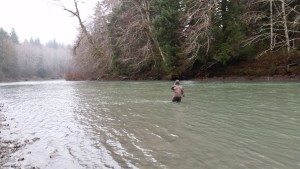 Bogie: The Bogachiel requires at least a one mile hike to get into the park, and it can be some of the best hiking and fishing for trout we have since we lost the Elwha. The Bogachiel is the only Quillayute tributary that is open in the national park in the winter time for steelhead. It’s best to fish it earlier in the season (Jan & Feb) and leave it to the spawning fish in late March and April. Most of the fishing for steelhead and salmon is done outside the park. In fact, fishing for salmon is not allowed in most park waters. The bogie is the easiest river to float. It also is relatively easy to access, and a little easier wading than the Sol Duc. This river has the same fish species and same run timings as the Sol Duc, except the summer salmon.
Bogie: The Bogachiel requires at least a one mile hike to get into the park, and it can be some of the best hiking and fishing for trout we have since we lost the Elwha. The Bogachiel is the only Quillayute tributary that is open in the national park in the winter time for steelhead. It’s best to fish it earlier in the season (Jan & Feb) and leave it to the spawning fish in late March and April. Most of the fishing for steelhead and salmon is done outside the park. In fact, fishing for salmon is not allowed in most park waters. The bogie is the easiest river to float. It also is relatively easy to access, and a little easier wading than the Sol Duc. This river has the same fish species and same run timings as the Sol Duc, except the summer salmon. 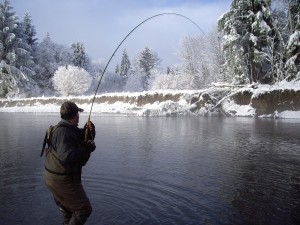 The Bogachiel is a better bet for summer steelhead and is an outstanding river for searun cutthroat trout.
The Bogachiel is a better bet for summer steelhead and is an outstanding river for searun cutthroat trout.
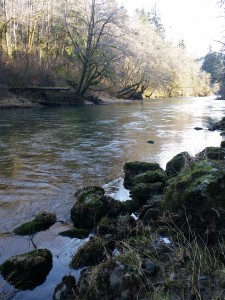 Calawah: The Calawah in the park (summer only) is a tiny stream which requires a good bushwhacking to get to and is not worth the effort. The lower portion outside of the park can be productive for trout and steelhead, but still hard to access with tight quarters for casting. It is also infamous for being an incredibly difficult river to float. It’s a truly beautiful river with the same species available here as in the other Quillayute tribs.
Calawah: The Calawah in the park (summer only) is a tiny stream which requires a good bushwhacking to get to and is not worth the effort. The lower portion outside of the park can be productive for trout and steelhead, but still hard to access with tight quarters for casting. It is also infamous for being an incredibly difficult river to float. It’s a truly beautiful river with the same species available here as in the other Quillayute tribs.
Hoh: The Hoh is one of the most classic steelhead and salmon rivers with the headwaters on Mount Olympus in the national park. The Hoh is heavily influenced by glaciers and snow melt and it most often has at least a tinge of gray color to the water. The vast majority of fishing pressure on the Hoh is in the state water. There is a small piece of national park water at the mouth of the river at tidewater and about 25 miles upstream from the mouth is the normal park boundary where you travel towards the trailheads and the headwaters. The park water is open to steelhead fishing in the winter months, but has been closed for the last couple of summers. From the park boundary up to the Hoh campground is fly fishing only. Most of the good water for swinging flies is downstream in the state water. The main stretch of river can be accessed by the Upper Hoh Rd. (above Hwy. 101) or Oil City Rd. (downstream of Hwy. 101).
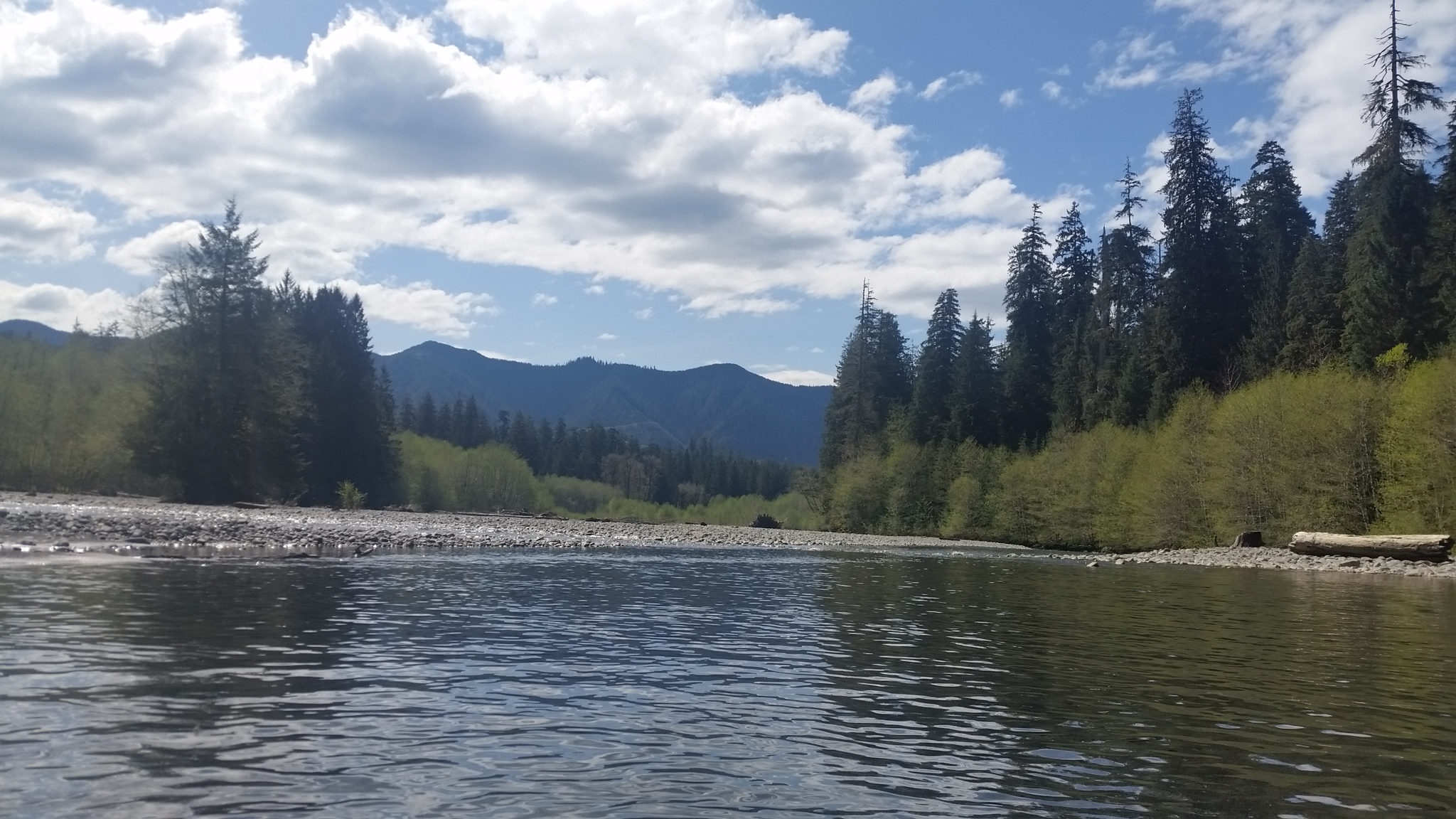
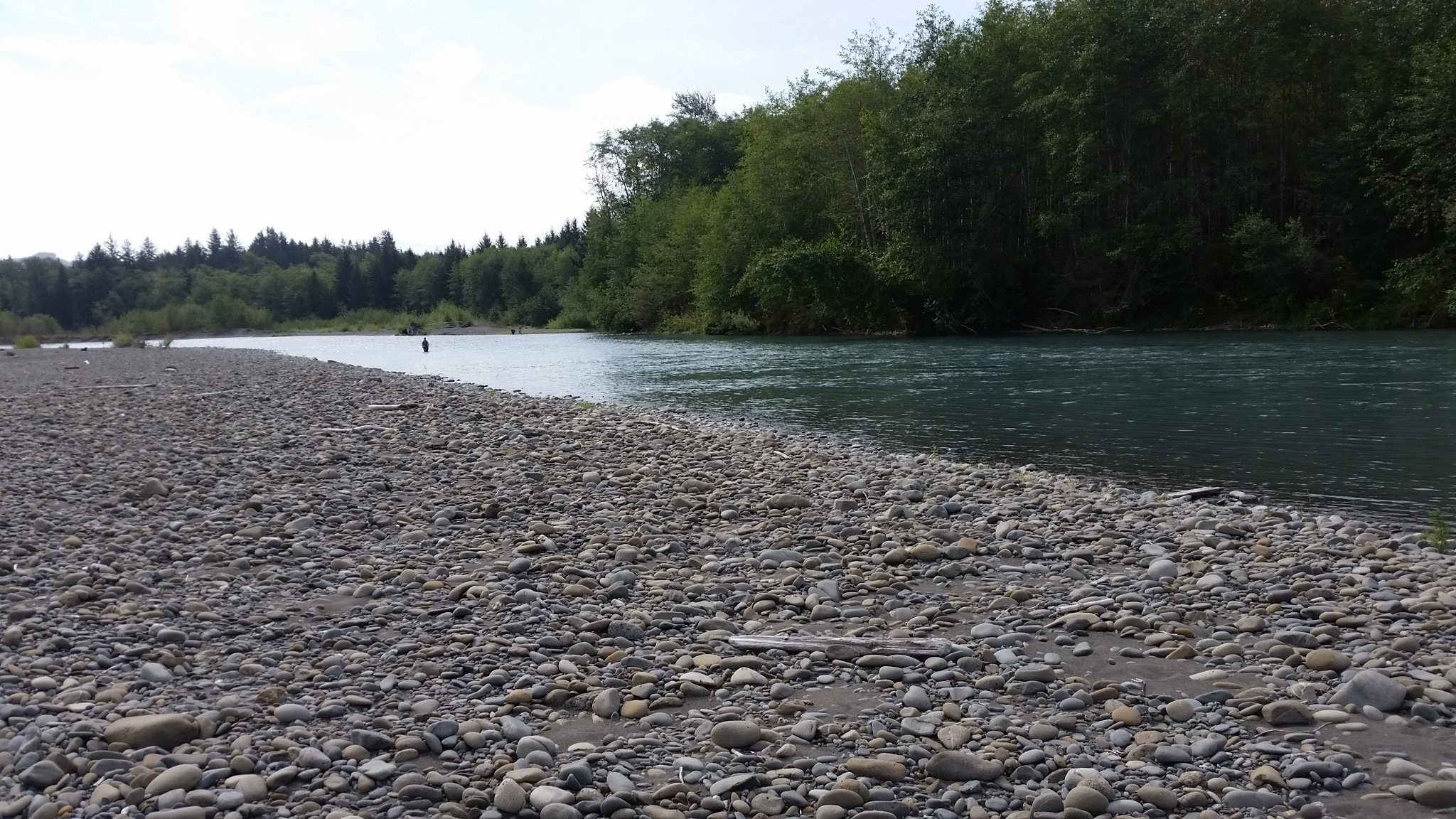
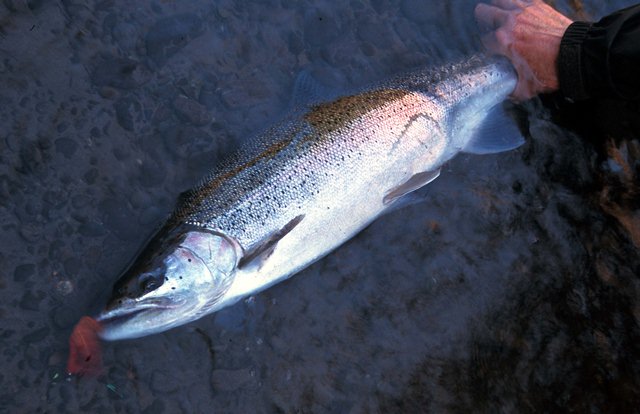

To The East
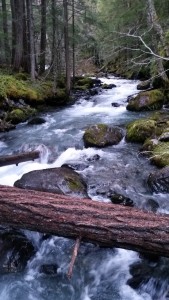 Dungeness and tributaries: Traveling east towards the town of Sequim you will first encounter the Dungeness.
Dungeness and tributaries: Traveling east towards the town of Sequim you will first encounter the Dungeness. 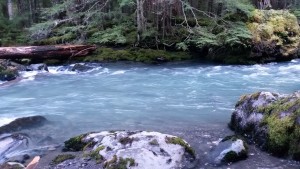 This beautiful gem of a river is just a shadow of its former self. Not too long ago it was still full king salmon and steelhead. For such a small, steep drainage it produced an amazing number of fish. The pink salmon have come back in big numbers that last couple of cycles for them, but the prized steelhead and king salmon continue to struggle. The upper Dungeness River, above the tributary Gold Creek, and the Graywolf River, are open for trout fishing in the summer months.
This beautiful gem of a river is just a shadow of its former self. Not too long ago it was still full king salmon and steelhead. For such a small, steep drainage it produced an amazing number of fish. The pink salmon have come back in big numbers that last couple of cycles for them, but the prized steelhead and king salmon continue to struggle. The upper Dungeness River, above the tributary Gold Creek, and the Graywolf River, are open for trout fishing in the summer months.
Salt:
The saltwater fishing is in on Strait of Juan de Fuca and Pacific Ocean.
Beaches on the Strait
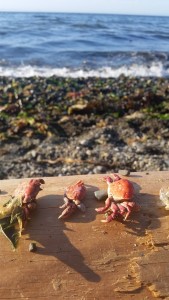 The protected saltwater beaches of Hood Canal and the Strait of Juan de Fuca offer excellent fisheries for sea-run cutthroat and salmon. Cutthroats are around at any time during the year and salmon mostly late summer and fall. Most of the rivers flowing into Hood Canal are closed to steelhead and salmon fishing. There are no runs of native fish healthy enough to allow harvest or even the risk of harm that would warrant an open fishery. There is fishing for a short period in the fall at the mouths of a couple of the rivers for hatchery fish, but about the only fishing on these smaller rivers and creeks is on the upper stretches for rainbows and cutthroats.
The protected saltwater beaches of Hood Canal and the Strait of Juan de Fuca offer excellent fisheries for sea-run cutthroat and salmon. Cutthroats are around at any time during the year and salmon mostly late summer and fall. Most of the rivers flowing into Hood Canal are closed to steelhead and salmon fishing. There are no runs of native fish healthy enough to allow harvest or even the risk of harm that would warrant an open fishery. There is fishing for a short period in the fall at the mouths of a couple of the rivers for hatchery fish, but about the only fishing on these smaller rivers and creeks is on the upper stretches for rainbows and cutthroats.
Dungeness Bay, Sequim Bay, Freshwater Bay, Salt Creek, and anywhere off of the Olympic Discovery Trail can be productive and not a far drive or walk from downtown Port Angeles. Kayaking is a great way to explore some of these places.
Offshore fishing from Neah Bay and Sekiu offers anglers the thrill of casting to ferocious schools of coho and pink salmon, along with sea bass and lingcod.
Pacific
Then there is the fly fishing along the Pacific Ocean. The coastal strip from Shi-Shi Beach all the way to Rialto Beach is a back-country hiking paradise. There are surf perch along the sandy beaches and cutthroat in the river mouths. The wilderness coast offers lots of unexplored water that not many people fly fish. Driving south from Forks and heading towards Kalaloch, one will soon encounter lots of potential beaches for surf fishing with easier access.

